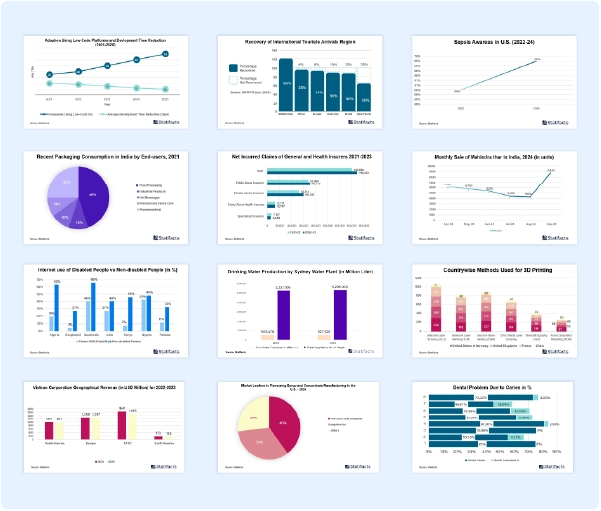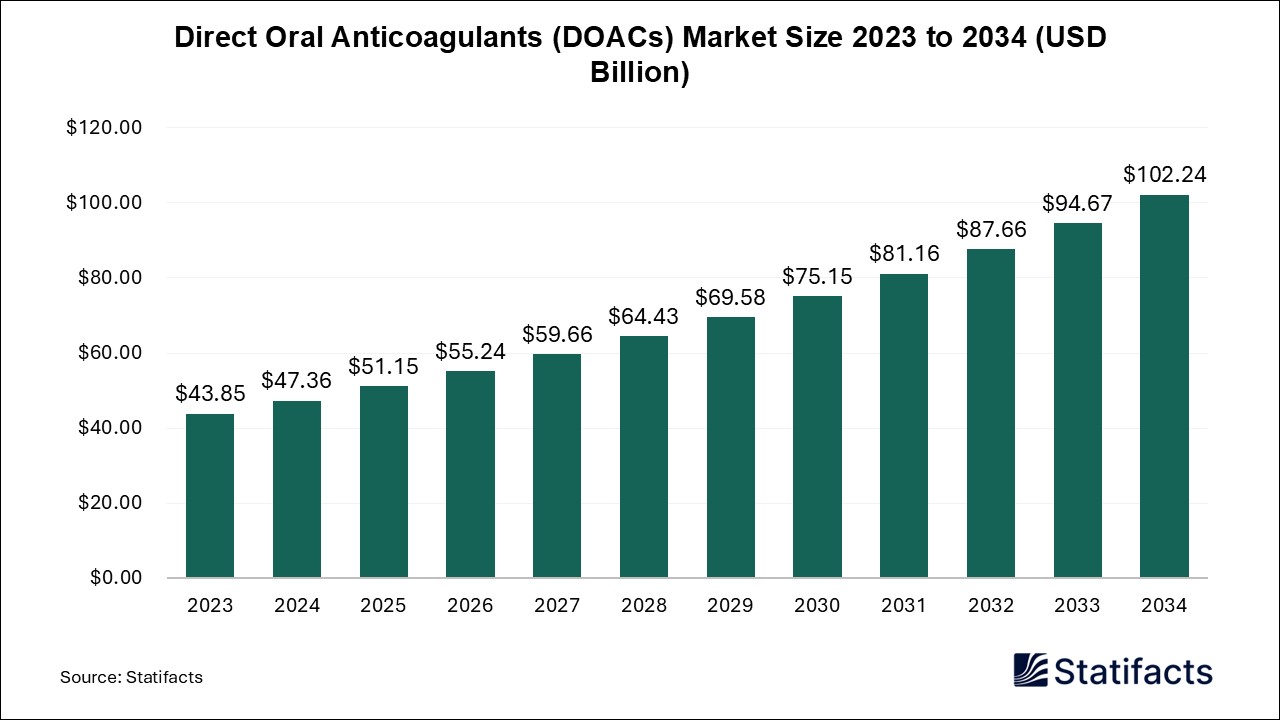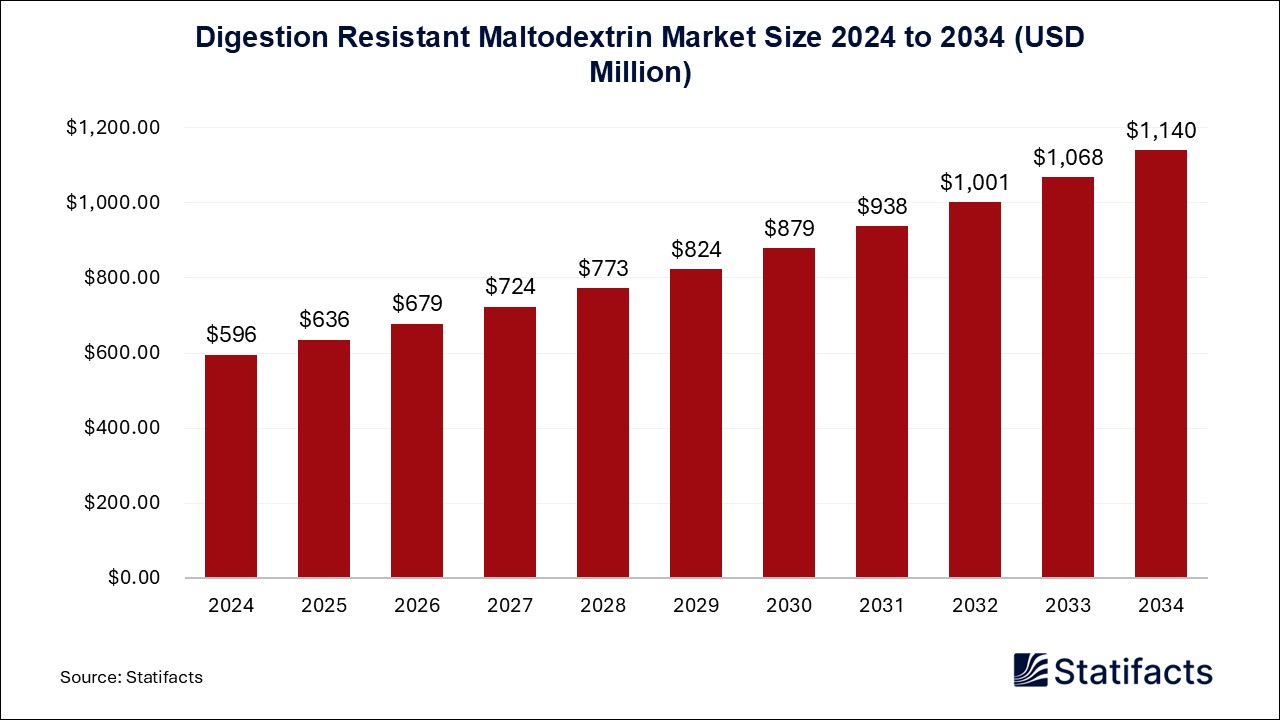

Our customers work more efficiently and benefit from
The global research-grade proteins market size surpassed USD 936 million in 2024 and is predicted to reach around USD 2,780 million by 2034, registering a CAGR of 11.5% from 2025 to 2034.
| Industry Worth | Details |
| Market Size in 2025 | USD 1,044 Million |
| Market Size by 2034 | USD 2,780 Million |
| Market Growth Rate from 2025 to 2034 | CAGR of 11.5% |
The research-grade proteins market refers to the production, distribution, and application of research-grade proteins, which are biopolymeric structures composed of amino acids of which 20 are commonly found in biological chemistry. Proteins act as structural support, biochemical catalysts, enzymes, hormones, building blocks, and initiators of cellular death. Research-grade proteins are proteins that have been manufactured and refined to exacting standards of quality and purity, especially for use in scientific research. Understanding proteins can unlock the mystery of our living activities. Proteins are among the major players in our lives. Individual proteins have a defined shape and structure.
Proteins work together in a complicated and coordinated way to support our lives. Protein is an important part of a healthy diet. Proteins are made up of chemical building blocks called amino acids. Our body uses amino acids to build and repair muscles and bones and to make hormones and enzymes. They can also be used as an energy source. Researchers and the public rely on dietary guidance, including the DRIs, to guide nutrition recommendations and health policy. Research is needed to better define the nutrient needs that best support health maintenance in all populations and their subgroups, from infancy throughout life.
The growing prevalence of chronic and infectious diseases is driving the growth of the research-grade proteins market. Protein helps to make antibodies that fight off infections and illnesses and it helps keep cells healthy and creates new ones. Also, protein helps you feel full, so it may be a part of a healthy weight loss plan. Plant proteins play an important role in reducing the risk of many chronic diseases, including inflammation, obesity, oxidative stress, and specific types of cancer. Plant protein foods contribute to weight management and, therefore, modulate obesity through their high fiber content and ability to induce satiety. Protein helps repair and build our body’s tissues. It drives metabolic reactions, maintains pH and fluid balance, and keeps the immune system strong. It also transports and stores nutrients and can act as an energy source.
The antibodies protect us from invaders by binding to them and initiating their destruction. The cytokine proteins act as chemical messengers that tell our immune cells where to go and what to do. Proteins represent important micronutrients for the immune system, considering that amino acids are essential for the synthesis of immune proteins, including cytokines and antibodies that mediate immune responses. Because of their central role in biological function, protein interactions also control the mechanisms leading to healthy and diseased states in organisms. Diseases may be caused by mutations affecting the binding interface or leading to biochemically dysfunctional allosteric changes in proteins.
Advancements in protein engineering are driving the growth of the research-grade proteins market. Engineered proteins can be used to improve desired traits in plants. Even though recent advances have resulted in new application areas, specific methodological challenges remain. Protein engineering and directed evolution are powerful technologies for probing protein sequence-function relationships. Protein engineering has enhanced the biosynthesis of natural products through the improvement of enzymatic activity, colocalization of enzyme complexes, enhancement of protein activity, and engineering of sensor regulators for better screening or dynamic regulation. Protein engineering includes many strategies, including rational design, directed evolution, semi-rational design, peptidomimetics, and de novo protein design. Scientists use these strategies to develop new proteins or improve existing protein properties that are related to medicine and biotechnology.
For any questions about this dataset or to discuss customization options, please write to us at sales@statifacts.com
| Stats ID: | 8163 |
| Format: | Databook |
| Published: | April 2025 |
| Delivery: | Immediate |
| Price | US$ 1550 |

| Stats ID: | 8163 |
| Format: | Databook |
| Published: | April 2025 |
| Delivery: | Immediate |
| Price | US$ 1550 |

You will receive an email from our Business Development Manager. Please be sure to check your SPAM/JUNK folder too.

Unlock unlimited access to all exclusive market research reports, empowering your business.
Get industry insights at the most affordable plan
Stay ahead of the competition with comprehensive, actionable intelligence at your fingertips!
Learn More Download
Download

